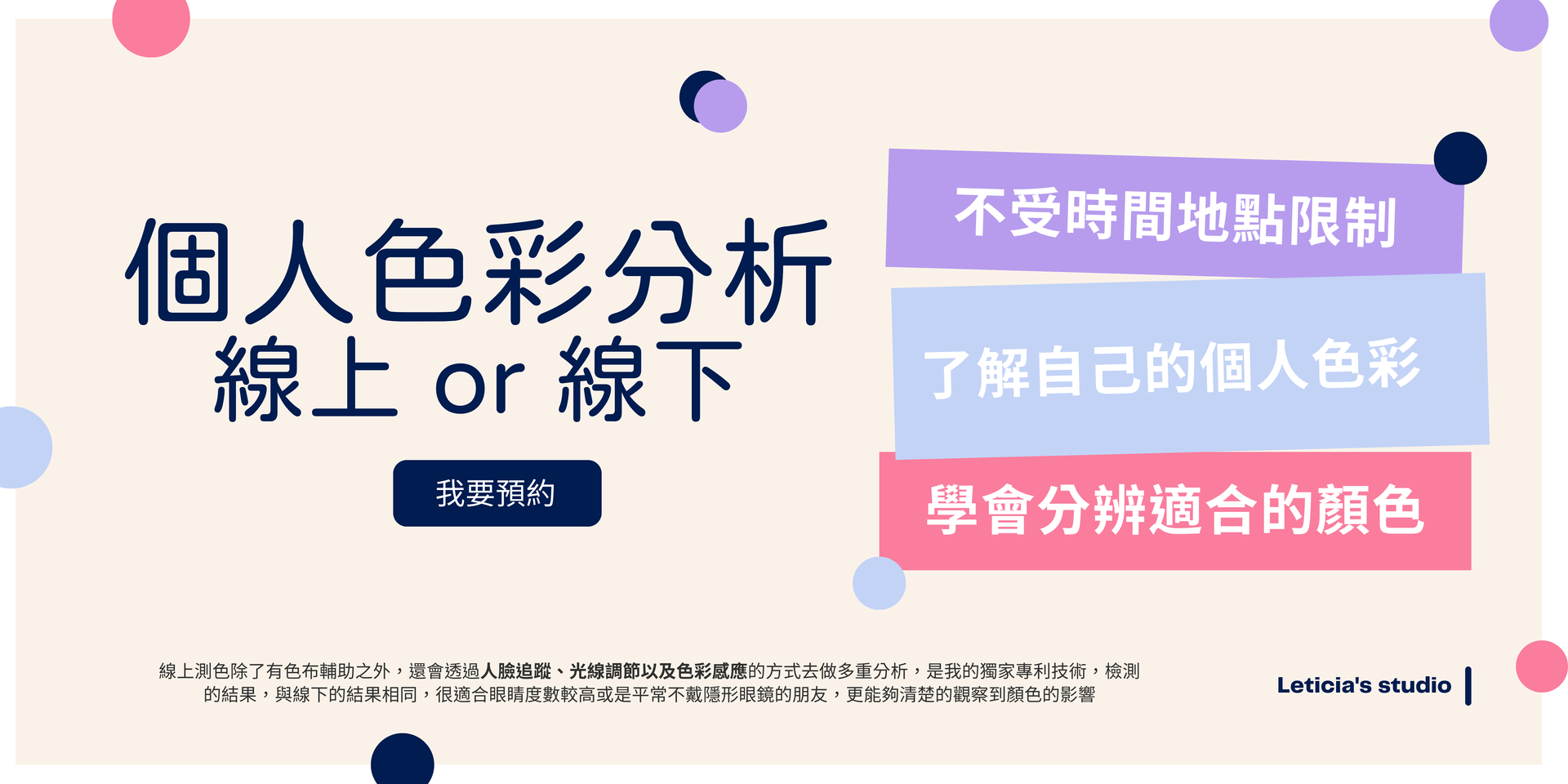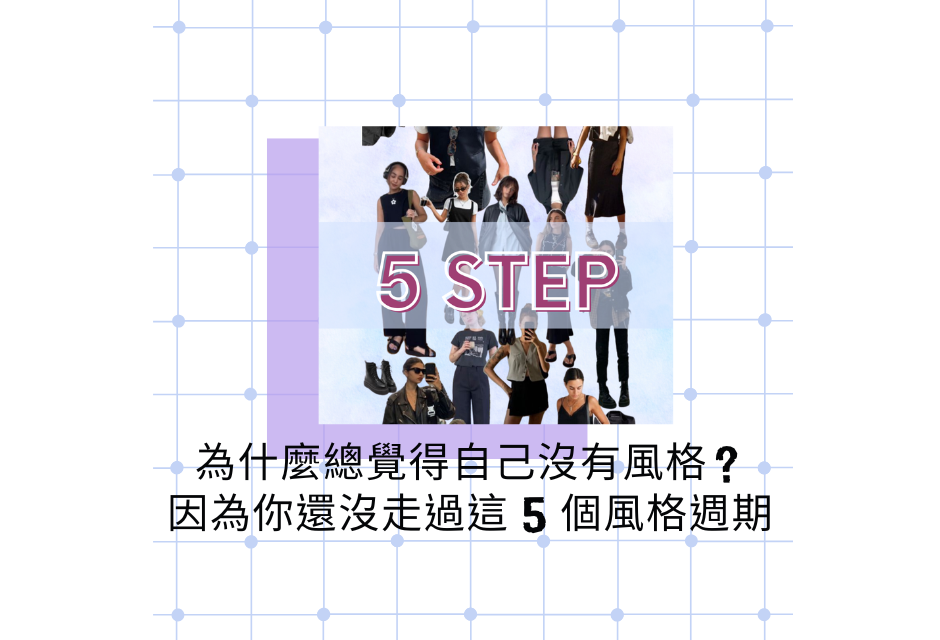北越景點分享,世界遺產的美以及特別景點介紹
Hola ! 我是 Leticia,不知不覺當中, 北越景點的介紹已經來到第三篇了,我的北越自由行真的去了不少地方,大部分的時間,我都是用走的去參觀,另外有幾天,我是租摩托車到處跑,除了可以快速移動之外,還能去一些比較特別的景點,在河內,還有一個世界遺產,位置在還劍湖的西北方向,因為距離的關係,通常旅行社不會在這裡停留太久,還有一些私房景點我想分享給你
當時的我,很認真地讀英文,所以還自己翻譯當下的隨筆,雖然沒有寫很多,但是回過頭去看,還是能想起自己當時的心情,我是一個很重視方向的人,所以在介紹景點的最後,我也會跟你說他們的位置在哪裡,方便你規劃自由行的行程
以下景點的相對位置是這樣,從巴亭廣場那邊,經過一個街口就可以到昇龍皇朝,只是距離還劍湖比較遠
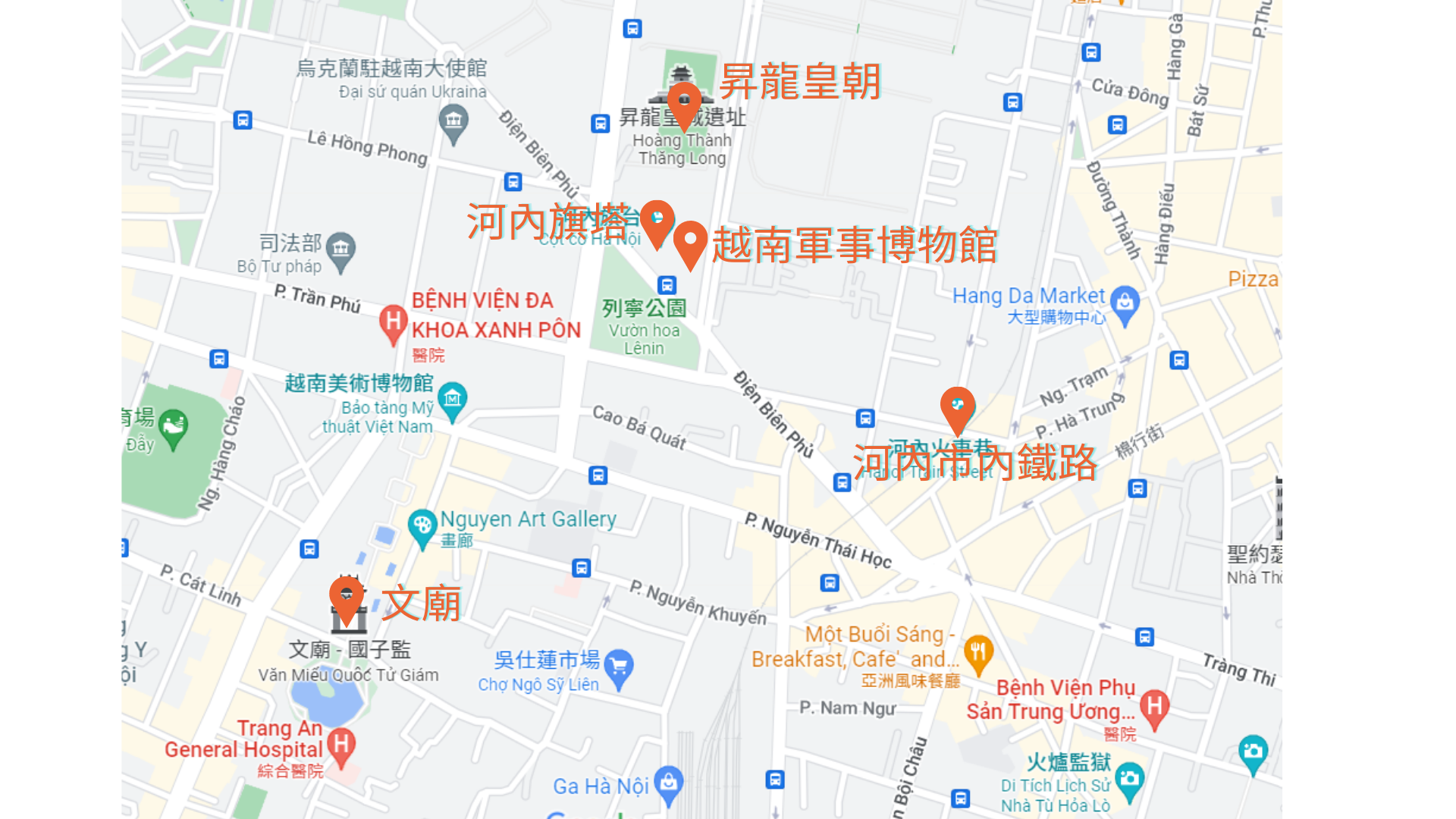
昇龍皇城 Hoàng Thành Thăng Long
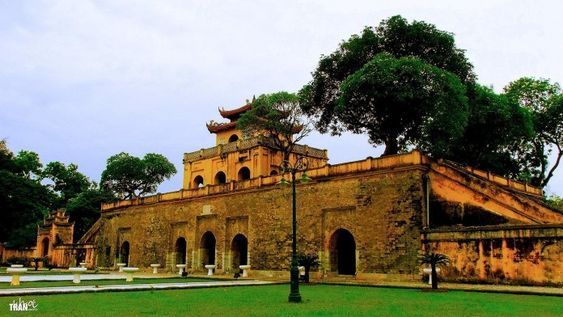
位於越南河內市的皇城。該公園被聯合國教科文組織列入了世界遺產名錄。許多越南的朝代(李朝 、陳朝、後黎朝)在這裡建立了自己的首都
這座建築工程歷經不同朝代不同歷史階段建成,成為越南遺蹟系統中十分重要的一處,這些建築工程表明、各個歷史時期的最高權力機構,都將這裡作為國家政治和權力中心
在皇城中心,還有法屬時期建的一些建築工程、設有地下室和會議室的D67房。越南抗美救國戰爭時期,越共中央政治局、中央軍委一項項指揮奪取勝利的歷史性決定就是在D67房作出的
河內—升龍皇城中心的最突出價值正是 「活的史書」,它貫穿了自前升龍時期的大羅城直至現在的河內整整 10 個世紀的歷史
下面兩張像是停車場的招牌,就是昇龍皇城的參觀入口
- 開放時間:週二-週日 08:00–12:30, 13:30–17:00,週一公休
- 門票 : 30,000 VND
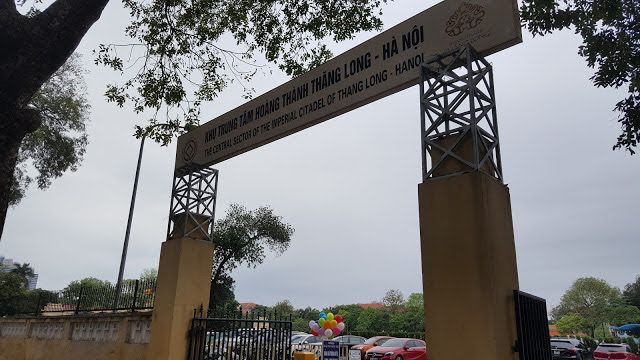
距離巴亭廣場一個街區的路口則是有昇龍皇城,它的入口不太好找,幸好我有爬文,跟著 Google 地圖走的時候就剛好看到,是門口像停車場的地方就是入口了,可以停裡面的空地,停車費也不貴
位於越南河內市的皇城。該公園被聯合國教科文組織列入了世界遺產名錄。許多越南的朝代(李朝 、陳朝、後黎朝)在這裡建立了自己的首都 。
河內的升龍皇城建于 11 世紀越南李王朝時期,是「大越」獨立的標誌,也是教科文組織的第 900 項《世界遺產》。 這座建築工程歷經不同朝代不同歷史階段建成,成為越南遺蹟系統中十分重要的一處。
越南軍事博物館 Bảo tàng Lịch sử Quân sự Việt Nam
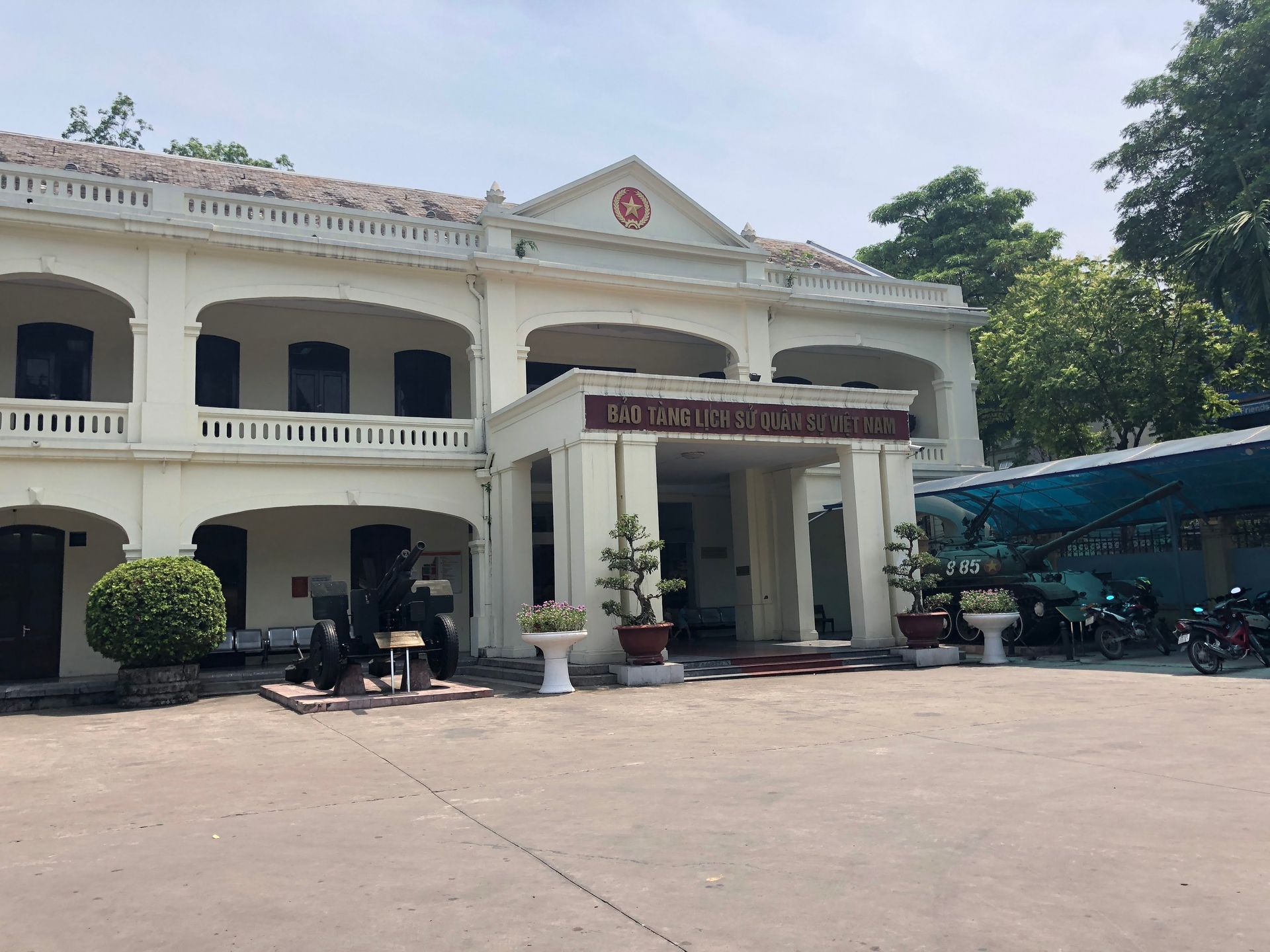
南軍事史博物館(Vietnam Military History Museum)更為人熟悉的是它的前稱軍事博物館(Army Museum),它成立於 1954 年,是越南的七大國家博物館之一
不要以為只有武器愛好者才適合參觀這間博物館,其實它除了同類博物館必定展出的一些退役大炮、坦克、裝甲車、戰機等武器外
也介紹越南近代的多場戰役以及戰時的生活,讓人從多一個角度認識越南的近代史
通常會來這裡,都是為了裡面的旗塔
從昇龍皇城門口走出來後,左轉再左轉,走一段路就可以看到越南軍事博物館的門口,以及裡面最有名的旗塔
河內旗塔是越南河內的一座古塔,是這個城市的象征之一,屬於世界遺產「昇龍皇城」的一部分,高達33.4公尺。
河內旗台建於1805年至1812年。河內許多其他建築都被法國殖民當局摧毀(1896年至1897年),但是該塔倖存了下來,用作軍事哨所
它現在位於越南軍事歷史博物館內。 河內旗台包括三層建築本體和一個金字塔形塔,塔內設有螺旋形樓梯通往塔頂。第一層寬42.5公尺,高3.1公尺,第二層寬25寵,高3.7公尺,第三層寬12.8公尺,高5.1公尺
第二層有四個門。東門上匾額寫著「迎旭」,西門上匾額寫著「回光」,南門上匾額寫著「向明」。該塔由36個花形和6個扇形窗照明。塔頂是越南國旗
- 參觀時間:8:00-11:30 am、13:00-16:30,週一和週五休館
- 門票:40,000 VND
河內旗塔 Cột cờ Hà Nội
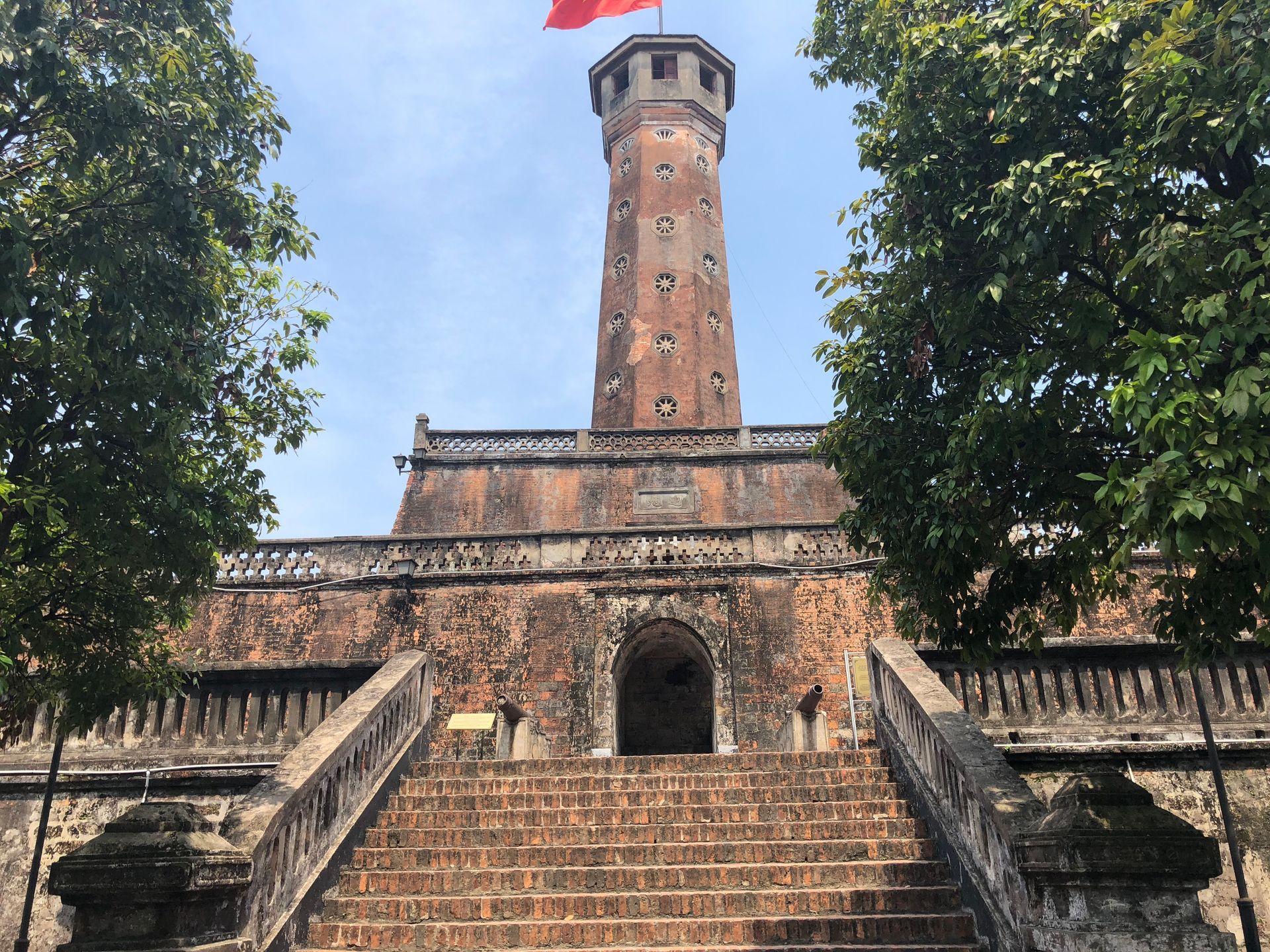
河內旗台是越南河內的一座古塔,是這個城市的象征之一,屬於世界遺產「昇龍皇城」的一部分,高達 33.4 公尺
河內旗台建於 1805 年至 1812 年。河內許多其他建築都被法國殖民當局摧毀(1896年至1897年),但是該塔倖存了下來,用作軍事哨所
它現在位於越南軍事歷史博物館內。 河內旗台包括三層建築本體和一個金字塔形塔,塔內設有螺旋形樓梯通往塔頂
文廟 Văn Miếu Hà Nội
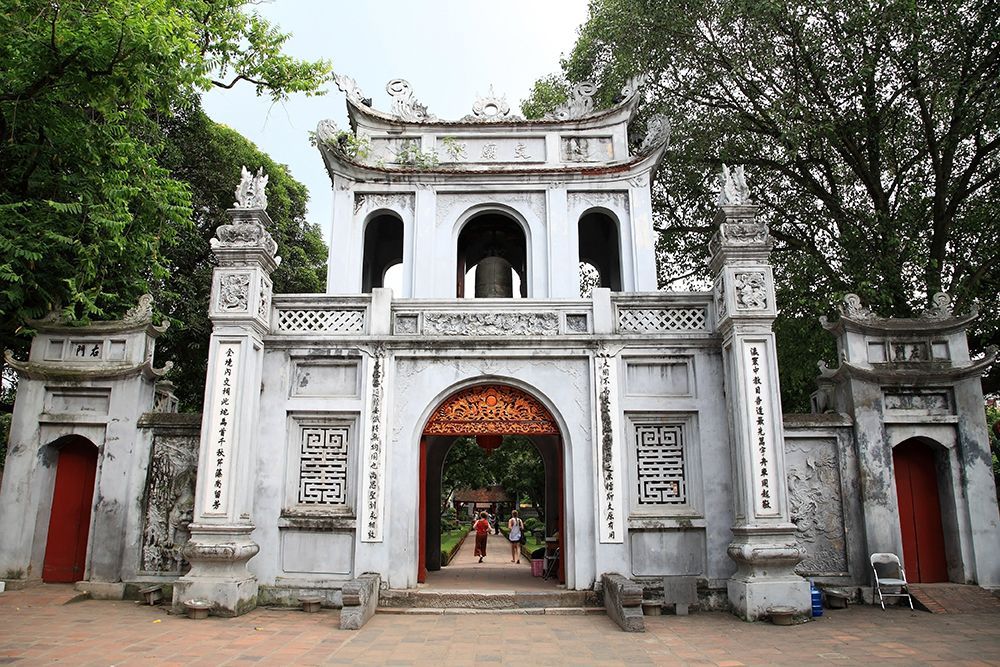
河內文廟正式名稱「文廟--國子監」,是坐落於河內市還劍湖西側的一座傳統孔廟建築,既是越南第一座孔廟,也是國家級的孔廟,就是李朝李聖宗建於 1070 年
河內文廟的建築形式,遵照了中國宋代的禮制。現在每年春節期間,都會舉行祭孔活動,以及書畫展、象棋比賽等文化活動
河內文廟除了有周公、孔子、四配、72賢人,另外還供奉一位「越南孔子」朱文安,此人一生從事儒學思想的教育與傳播
在李朝之後的陳朝年間,擔任國子監教學考試的官職四十年,學問淵博、人品端正,被尊為朱聖人,死後成為第一位入祀文廟的越南大儒
一進去看到滿滿的繁體字就覺得很親切 XDDD
- 不能穿短褲、短裙、無袖的衣服
- 開放時間:夏天:7:30-18:00;冬天:08:00-18:00
- 門票:30,000 VND
上午最後一個行程就是去文廟,是河內目前保持最好且最美的古蹟,建於1070年李朝時代,為祭祀孔子及他的四大弟子(曾參、子路、顏回、子貢)。看到滿滿的繁體字就覺得很熟悉
河內市內鐵路
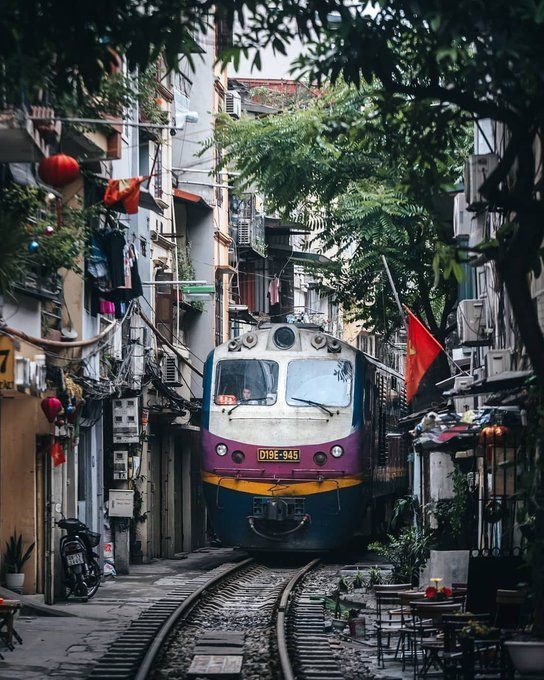
這是一個很特別的 北越景點 ,一個會在巷子裡出現的火車,出現的時間是下午 3:30 跟晚上 7:30
會看到原本在聊天的人會開始把東西往兩旁移動,甚做坐在路邊,看著火車經過,這會是你最接近火車的時候
即使看不到火車經過,也可以沿著鐵路走走,可以在鐵路兩旁看到一些特色的店家
最後來到河內市內鐵路,是一個很奇特的地方穿越鬧市的鐵路
越南的鐵路軌距多為一公尺(米),人們習慣稱這種窄軌鐵路為"米軌"。 越南河內市內,火車每天兩次日復一日地穿過老居民區和商業區,在居民屋前呼嘯而過
在河內,有一條鐵路幹線直接穿入當地的老居民區和商業區,鐵軌與居民房屋前的臺階只有幾十釐米的距離。本就擁擠的鬧區每天都要迎接兩次火車的造訪,這一奇觀讓外地遊客訝異不已,但當地人顯然已經將其視為生活的一部分,非常嫺熟地應對這個不可思議的來客
“當地人熟知火車時刻,每天下午 3 :30 和 7:30,你會注意到所有人忽然跑進家中。玩耍的孩子、切菜的婦女,喧鬧的前院,馬上被火車的轟鳴聲所佔據。”當火車通過後,人們又開始恢復正常作息,做生意的繼續做他的生意,兒童繼續在鐵路上玩耍,老人繼續將矮桌抬了出來,在軌道上繼續喝茶聊天。
北越景點 - 私心推薦
自由行的好處,就是可以去一些觀光客很少的景點, 北越景點當然不只有旅行社常規劃的那些,下面跟你分享,我覺得值得一去的景點
以下 3 個地方真的是很少人會去,但是我覺得很美,而且超級適合拍照的,基本上就是 36 古街在往北邊走,不過距離真的不近,用走的可能一整天就去這 3 個北越景點了
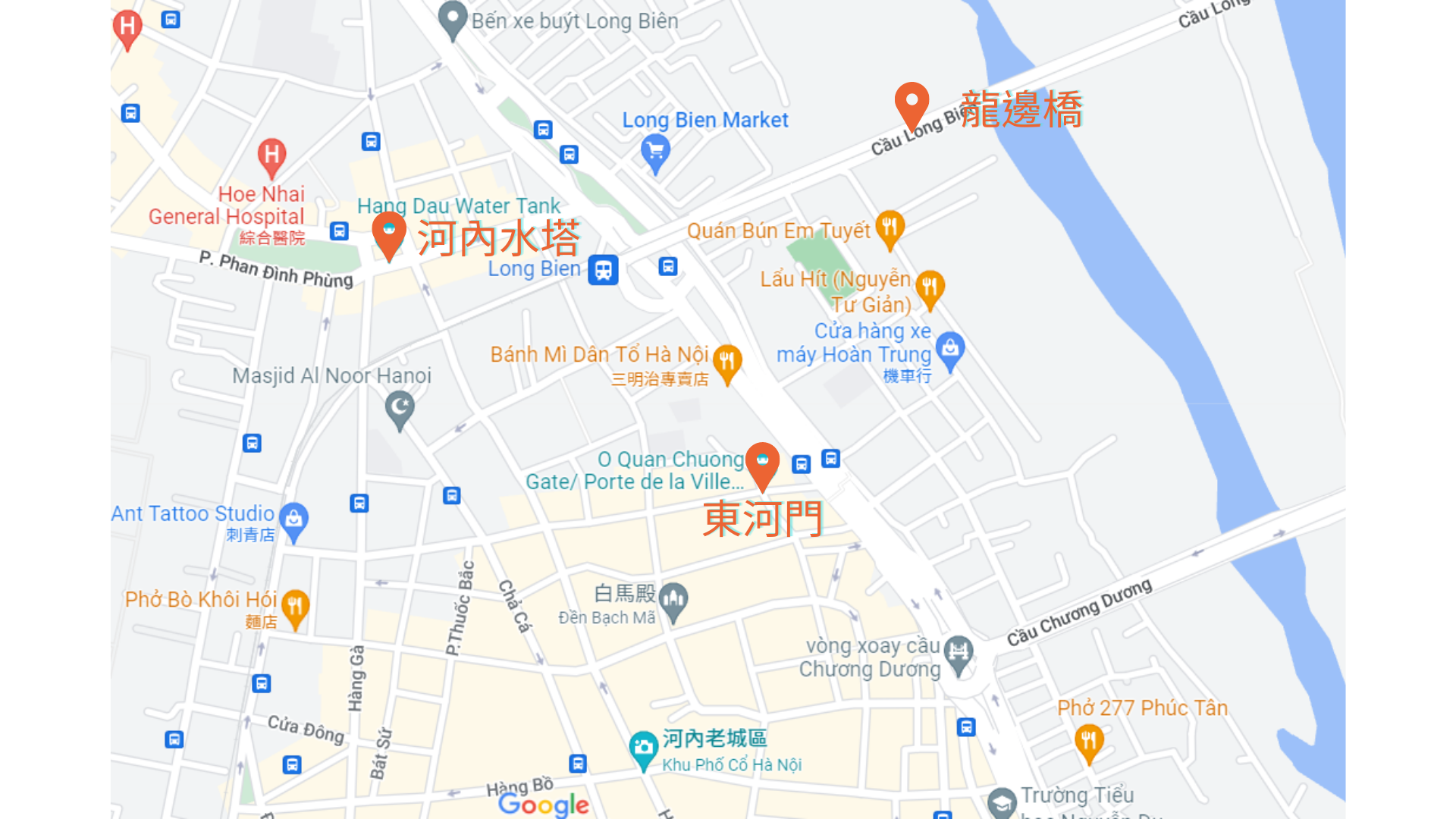
東河門 Ô Quan Chưởng
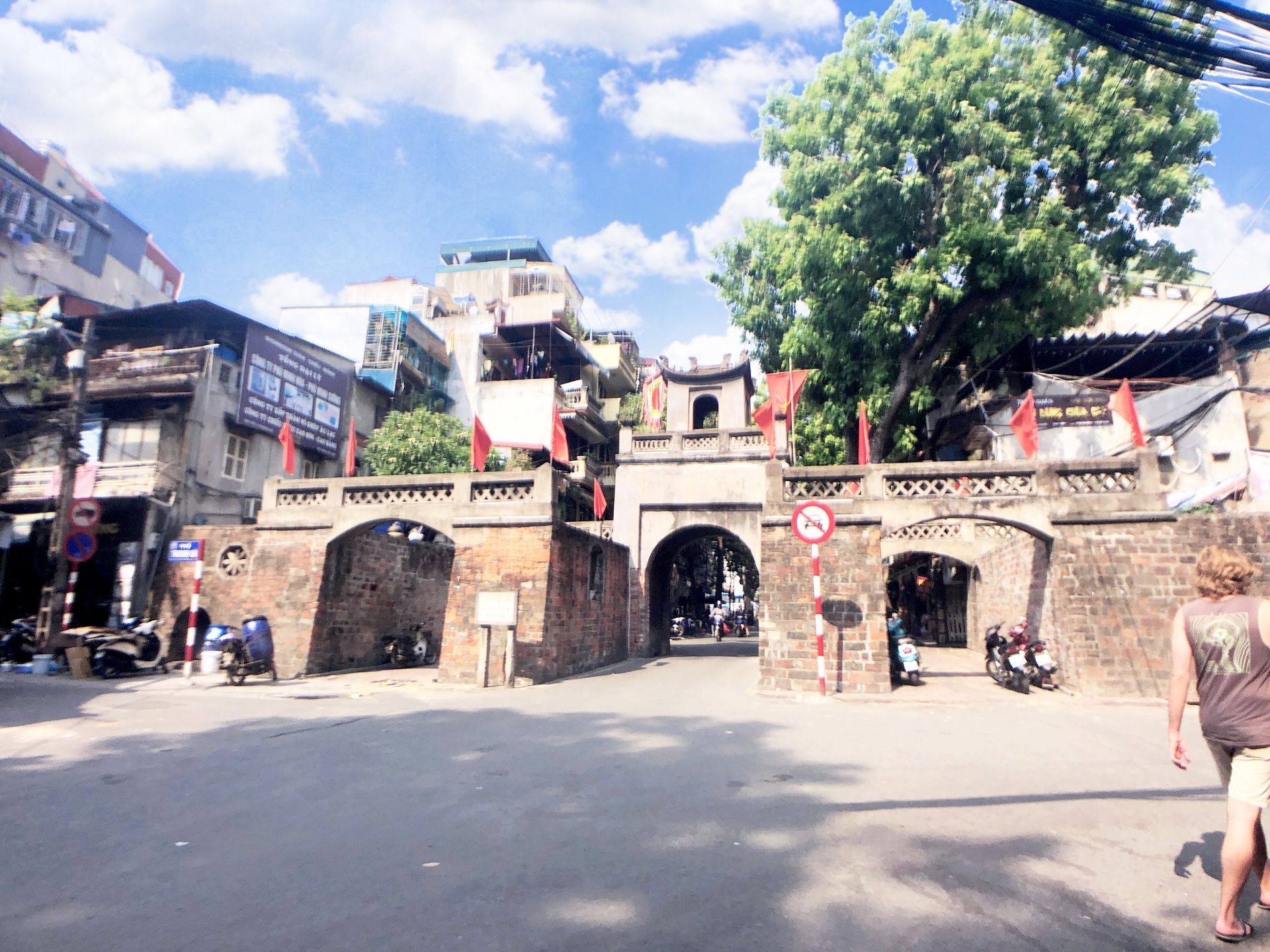
昇龍皇朝其實是很大一座,只是因為經歷過太多朝代跟戰爭,所以比較完整的建築會在昇龍皇城
這是唯一一個保留還算完整的城門,實際走過會發現這個城門並沒有很大,那是因為以前的人,最大的交通工具就是馬車了 !
所以這裡最大的們也就是能容納一輛馬車通過而已
越南受到法國殖民以及中國的影響,在建築上面,或多或少都有一股熟悉的感覺,因為有強烈的殖民色彩,反倒形成很特別的風景
接著是東河門,今天參觀這些古蹟,就像是在閱讀越南的歷史,這些在市區內的古蹟,讓人有種是在挖掘寶藏的感覺
座落於河內古街裡的東河門,建造於 1749 年的黎朝,是少數保留至今的昇龍古城關口。
東河門,又稱「觀掌閣」,位於昇龍京城圍城的東邊,建於景興 10 年 (1749),到嘉龍三年 (1817) 重新修建並保存原樣至今。這是舊昇龍城 21 個城門之一僅剩的一個
相傳東河門的名字來源,始於法國殖民時期,1873年11月20,在法國殖民軍攻打昇龍城的時候,一位「掌機 (越南官坐職)」與一百個戰士堅守城門直到最後一刻。人民為了紀念他們,就叫這個城門「觀掌閣」
龍邊橋 Cầu Long Biên
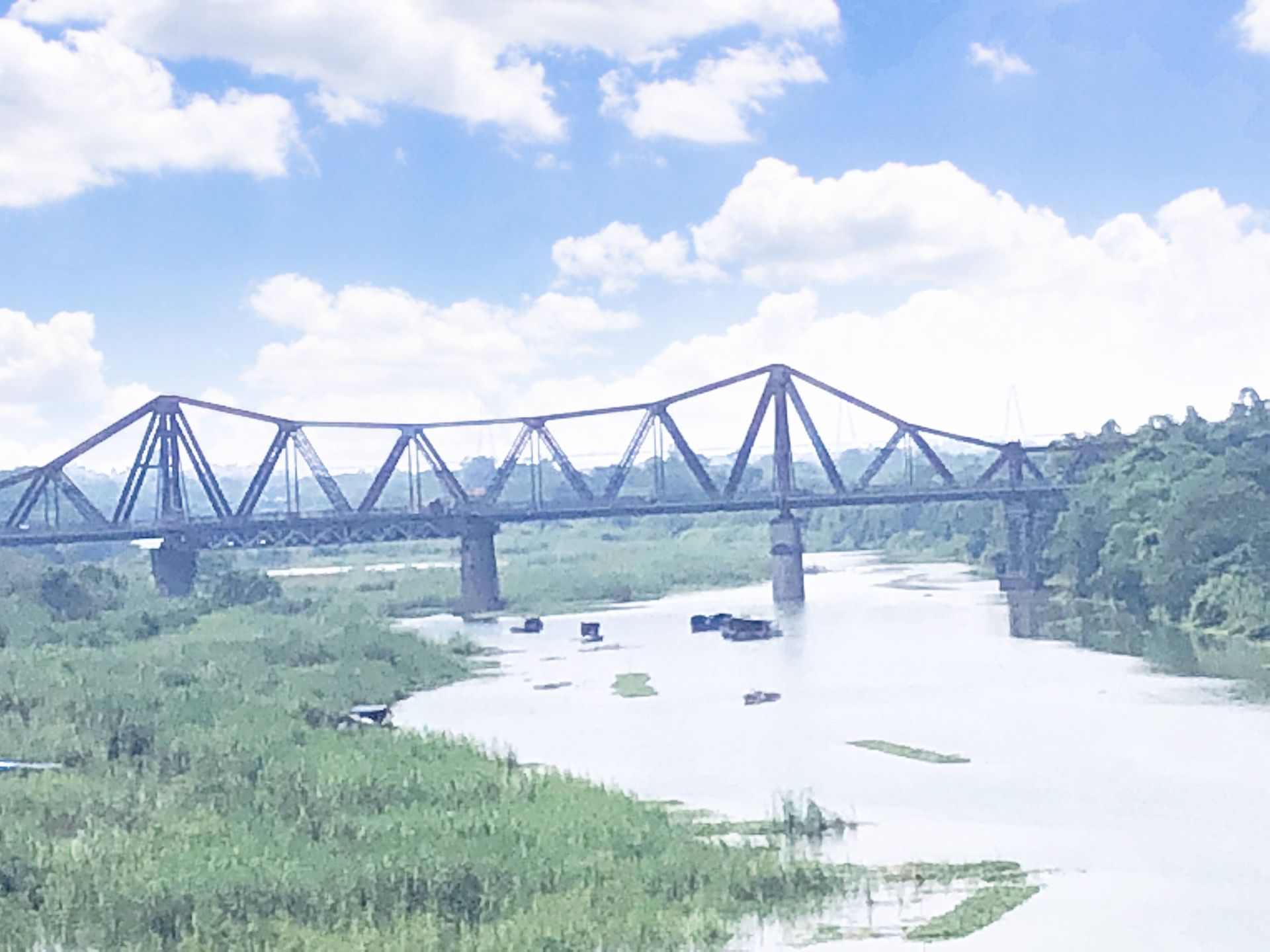
這座橋超少人知道的,而且超級不適合旅行團,因為這座橋其實是交通道路,路上的車流量蠻大的,不過橋邊有留下給人可以走的路
這座很特別的是,他的中間是火車鐵路,也就是火車經過的時候,兩邊都充滿著摩托車
我這張照片則是從對面另一座橋上拍攝的,龍邊橋很長,走路大概要走很久,我是騎著摩托車去的
這裡也是很多越南人拍婚紗的的北越景點之一
下個地方是龍邊橋,如果想要拍到好的照片,建議用走的上橋,比較可以找到好的角度,騎摩托車上橋的話,沒有辦法中途停下來或是迴轉,只能一直騎到對岸
1897年,在越南河內的法國殖民當局,發起了一個橋梁設計的比賽,著名的埃菲爾鐵塔設計者:「亞曆山大·居斯塔夫‧埃菲爾」的作品,被選為這座橋的設計者。這座橋是追隨巴黎市第 13 區連接巴黎及奧爾良的「托勒別克鐵路橋(Pont de Tolbiac)」的樣本設計的。
河內水塔 Bốt Nước Hàng Đậu
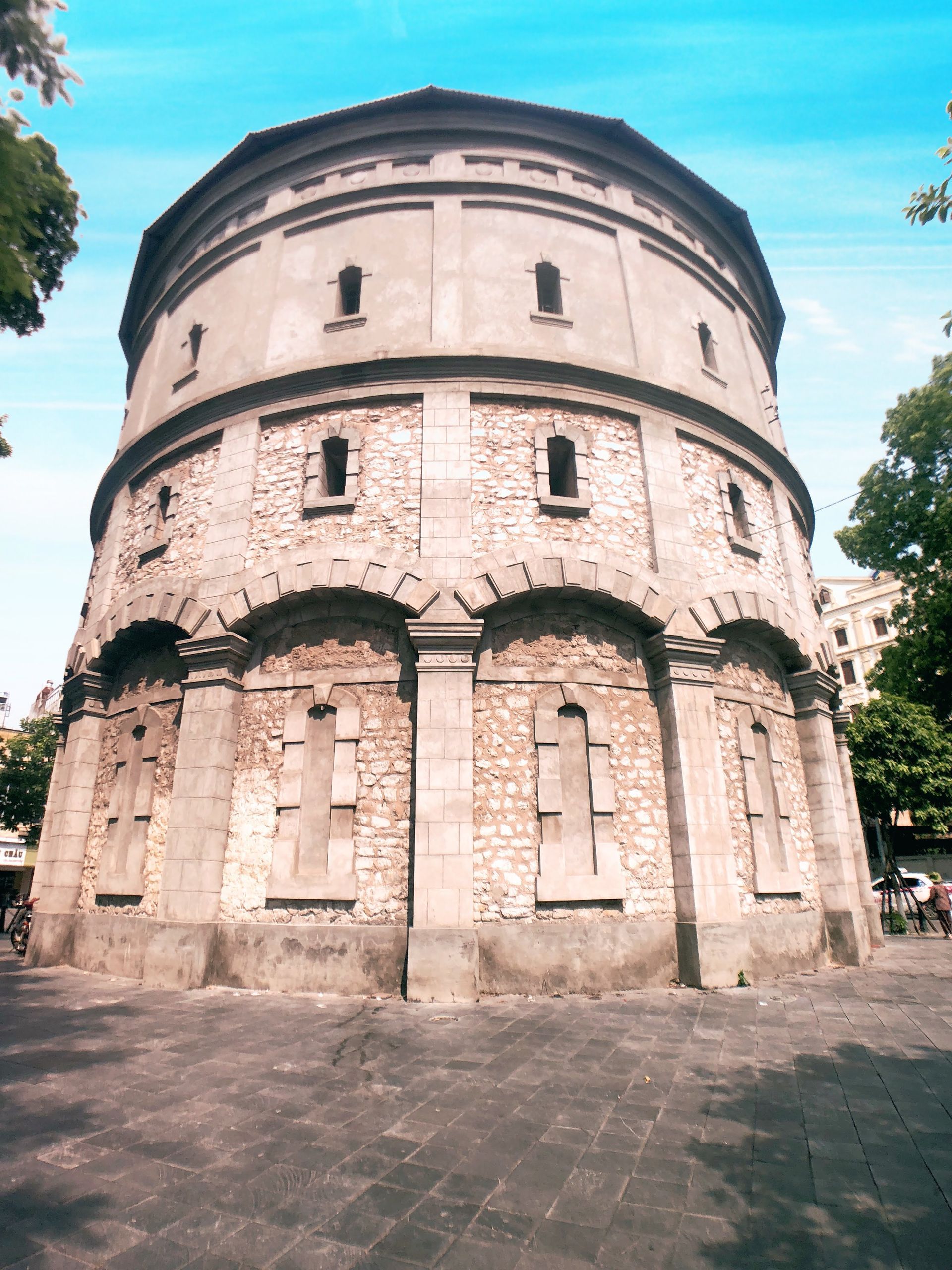
同春市場再往北走,就可以看這個河內水塔,這個水塔再過去是個很重要的地方
在法國殖民時期,法國政府就是透過這座水塔,決定要往哪個地區提供水,這裡就像是總水閥,他的所在位置也直通各個道路
目前一樓的 17 個窗戶都是被封死,防止有人往裡面丟垃圾,這座建築最厲害的是,經過這麼多場戰爭,依舊完好無缺,除了內部水管管線老舊之外,外部沒有任何被戰爭摧毀過的痕跡,現在仍然會在建築學的課程中被提到這座建築
其實法國政府蓋了 2 座水塔,只是另外一座在河內的廢水處理廠區內部,需要走到一個小巷子裡才看的到
接下來要看的地方是河內水塔,此水塔高25公尺,全部為石製,建於19世紀末,已經有一百多年的曆史,是河內很有特色的建築之一
鎮國寺 Chùa Trấn Quốc
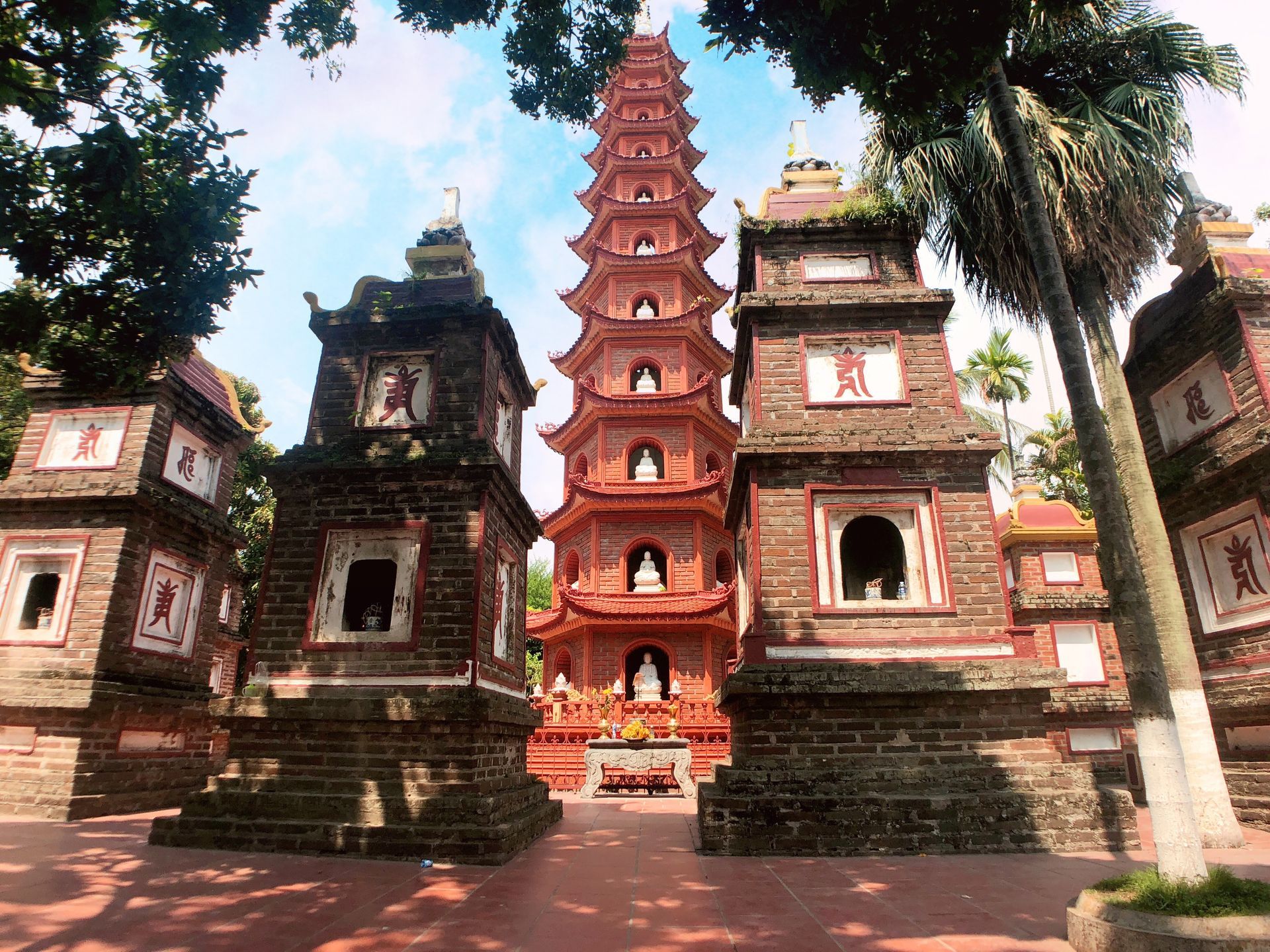
位於河內市區北面西湖畔的小半島上的「鎮國寺」,隔著一條馬路與聞名遐邇的西湖、竹帛湖相伴為鄰,因其建築華麗,香火繚繞,遊客如織,與景色宜人的西湖美景相映成趣
遊客來到越南河內的西湖遊玩,很容易發現附近有一座紅色高塔拔地而起,非常搶眼
這座 11 層的紅色高塔是鎮國寺的指標性建築,亦是鎮國寺華麗建築的一部份。也被被英國《每日郵報》評選為全球最美的 16 座寺廟之一
在鎮國寺內,除了所供奉的臥佛、彌勒佛、觀音等佛教塑像,還可以欣賞到源自清乾隆時期的《大藏經》以及無處不在的佛教禪語、經文,而這些無一例外都是以中文所題寫
1959 年印度總統普拉薩特訪問河內時親手贈送一棵菩提樹,去的時候也能看到
- 開放時間 : 8:00-16:00
- 每個月的第一天跟農曆 15 的時候,開放時間為 6:00 至 20:00
- 門票 : 5000 VND
再來是鎮國寺
位於河內市區北面西湖畔的小半島上的「鎮國寺」,隔著一條馬路與聞名遐邇的西湖、竹帛湖相伴為鄰,因其建築華麗,香火繚繞,遊客如織,與景色宜人的西湖美景相映成趣。遊客來到越南河內的西湖遊玩,很容易發現附近有一座紅色高塔拔地而起,非常搶眼
這座 11 層的紅色高塔是鎮國寺的指標性建築,亦是鎮國寺華麗建築的一部份
這個地點是所有景點的最北邊,也是離市區有點距離的地方,最大的特色就是他的旁邊有西湖,非常的漂亮
北越景點-四大觀鎮四方
接下來的地方你可以選擇一個地方去就好,因為他們之間的距離真的好遠,昇龍皇朝的皇帝為了守護四個城門,分別在東西南北四個方向,都建造廟宇,供俸守護四個城門的神,分別是鎮北之觀為鎮武觀,鎮南之觀為金蓮寺,鎮東之觀為白馬寺,鎮西之觀為昭禪寺
鎮武觀跟白馬寺因為都在市區,所以可以順便經過,另外兩個就需要特別過去,下面跟你介紹這四個寺廟的故事,也會放上他們的位置
從寺座廟宇的位置你可以知道,原本的昇龍皇城有多大,經過這麼多的戰爭之後,只剩下可以看到的部份
大概不會有人跟我一樣瘋狂,四個方位的廟宇都過去,用走的真的走不到啊 ! 我是因為騎摩托車,所以這樣天南地北的亂跑,在座自由行規劃的時候,真的是一天一個方向在逛,如果你真的想去,歡迎私訊我跟我拿詳細地址,方便你使用導航
中午到飯店附近的餐廳吃飯,接著開始下午的行程,往北邊走,首先是真武觀
河內一共有四大觀以鎮四方:鎮北之觀為鎮武觀,鎮南之觀為金蓮寺,鎮東之觀為白馬寺,鎮西之觀為昭禪寺。 鎮武觀供奉真武帝君,越南廣泛流傳對真武帝君的信仰
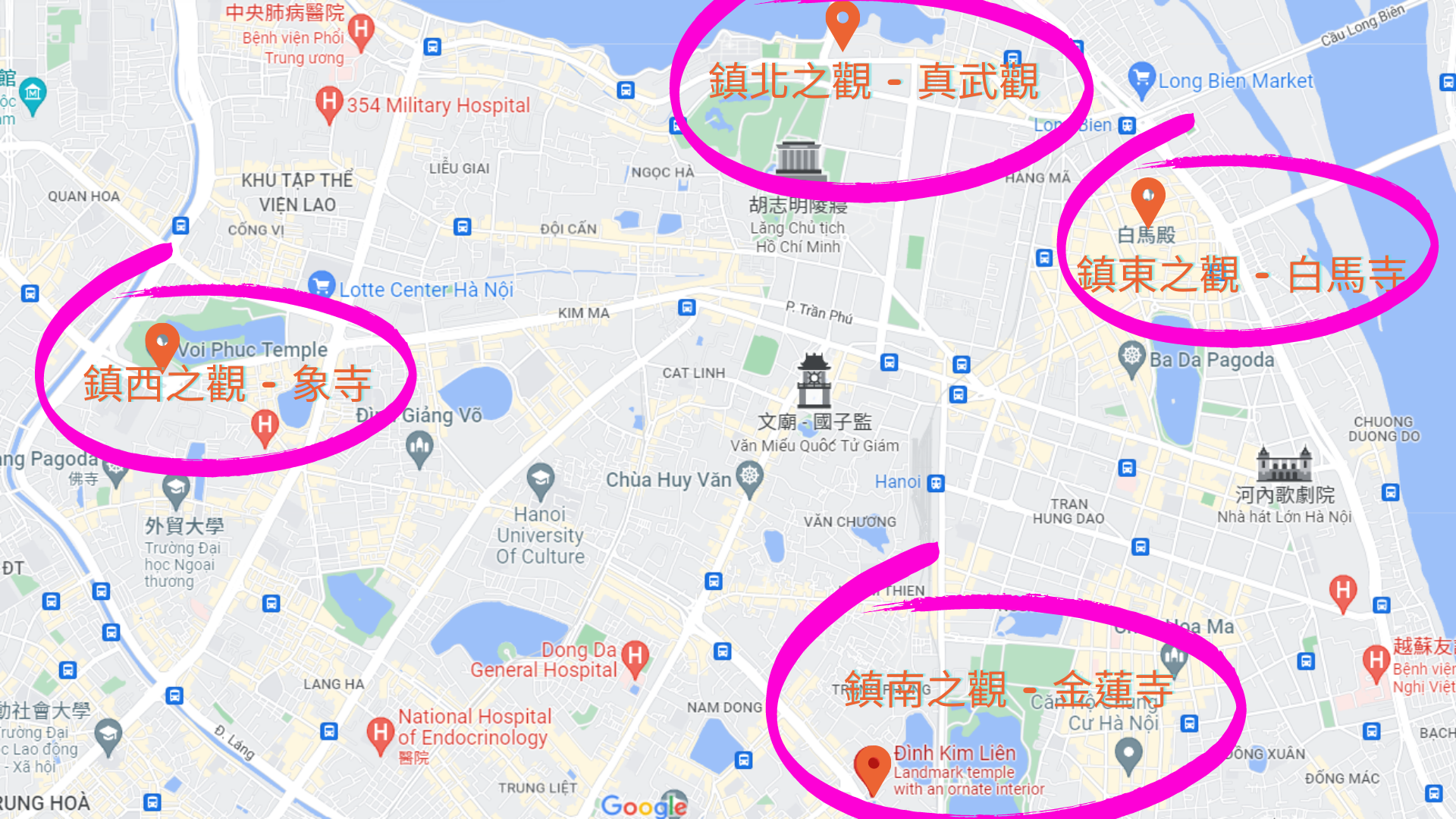
鎮北之觀 - 真武觀 Đền Quán Thánh
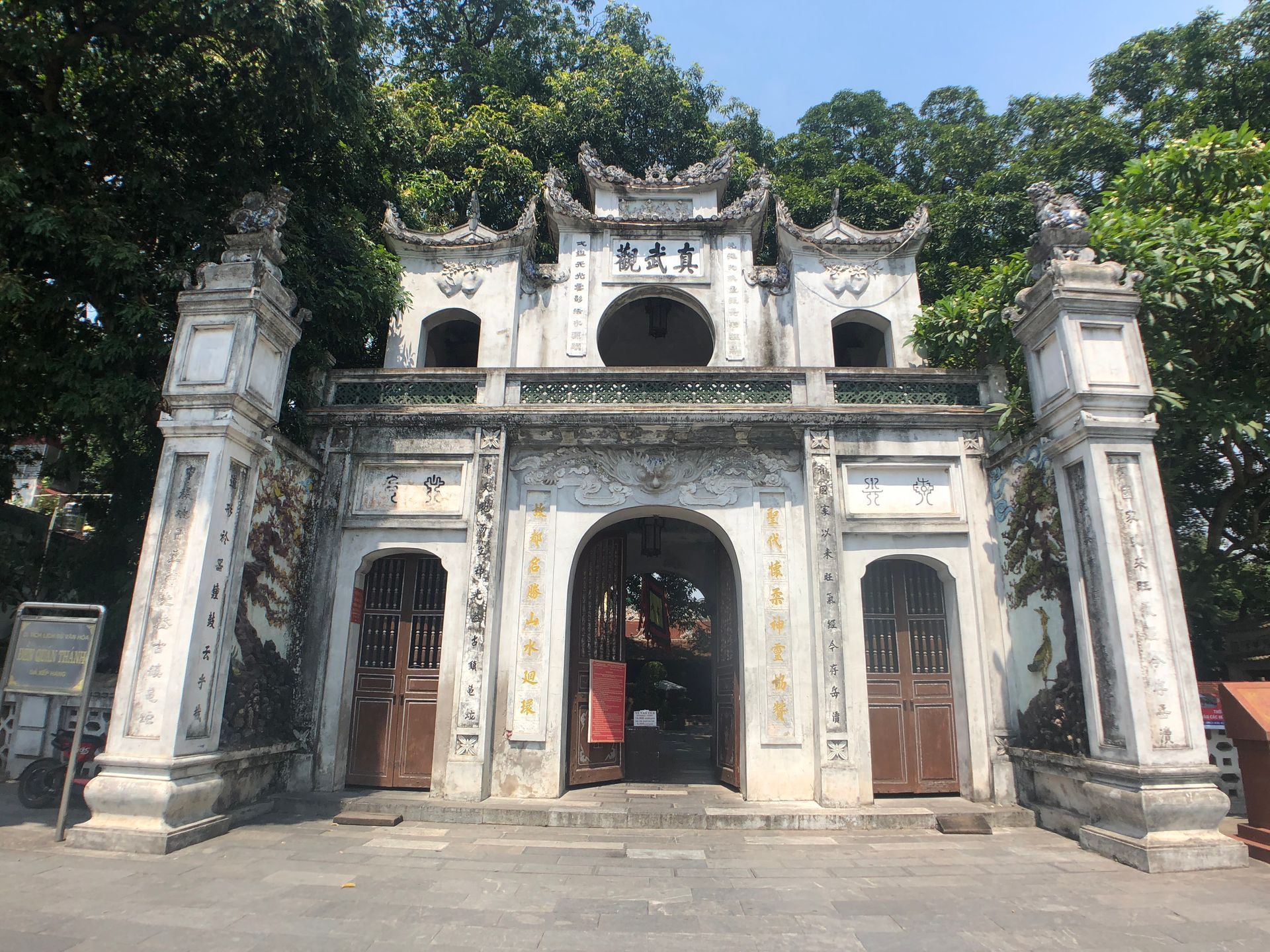
鎮武觀供奉真武帝君,越南廣泛流傳對真武帝君的信仰
來這裏的遊客一定會用手摸摸玄天上帝的腳再摸自己的臉,據說這樣的話就會除百病,好運連連來
不過一直看到熟悉的繁體字,還以為自己人在台灣,各種拜拜的建築這裡都有
鎮武觀,又名真武觀、龜聖祠,是河內最大的道教宮觀,其創建年代,雖有多種說法,但根據考證後應是建於越南李朝時期
鎮武觀正殿寬三楹,屋脊龍獸雕飾,近似中國南方道觀。殿內法器陳設富麗,多銀字中文牌匾柱聯,正中匾額為顏體楷書「北圻第一名勝」
鎮南之觀 - 金蓮寺 Đình Kim Liên
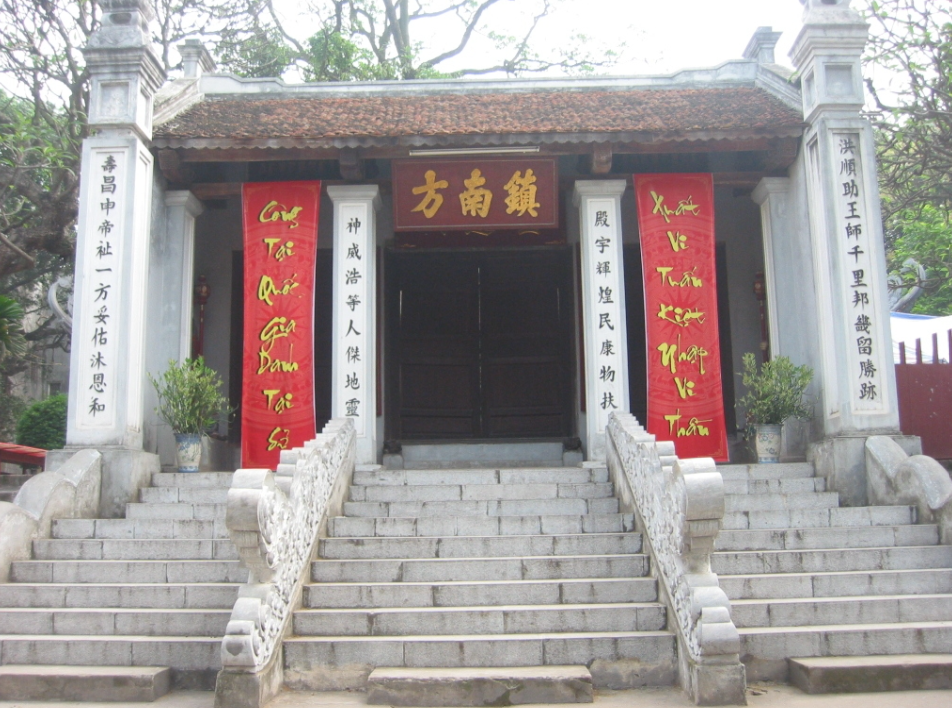
這裡供俸的是慈悲之神,曹孫將軍 Thần Cao Sơn,據說,當時還沒有平定叛亂的時候,當時的皇帝請求神明的幫助,10 天後就成功了,為了感謝神明,所以建造了這座廟
後來修繕廟宇的時候,把胡志明總統跟另一位神明也放了進來
接著是金蓮寺, 我有一點收藏癖好,想把四大寺廟都看過,不過因為他們分布位置不同,所以需要到處跑,每間寺廟都有它的特色,跟台灣的很像,但又不完全相同
鎮東之觀 - 白馬寺 Đền Bạch Mã
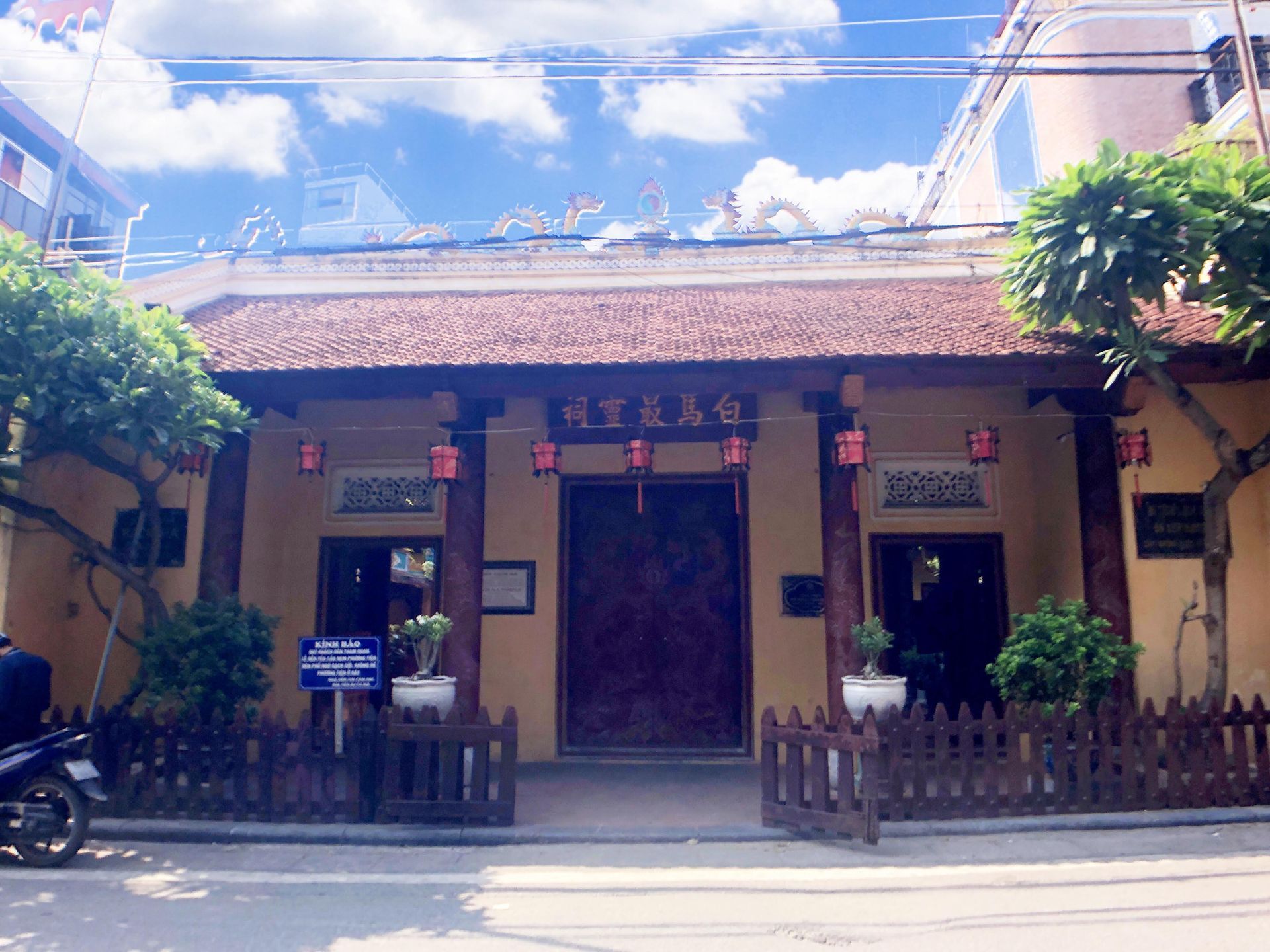
越南河內的白馬寺是河內現存最古老的寺廟,據傳說李岱鐸皇帝曾在這裡祈求能成功修建城牆,後廟中出現一匹白馬指出其後成功修建城牆的方位,因此廟內供奉著一匹白馬塑像 (Long To) 和一座紅漆轎子
這座廟大概是所有廟裡面最小的,而且最多人經過,不過裡面的馬真的很像是遊樂園的設施
下一個是鎮東之觀--白馬寺
是河內市內最古老的寺廟之一,裡面保存著很多18世紀的雕像。它地處於河內的老城區,寺廟前精美的浮雕裝飾突顯出非凡的氣象,走進寺廟就能看見著名的白馬雕塑
傳說黎太祖因修築城牆時總是崩塌,在此祈求後,寺中出現一匹白馬,指引他成功修建城牆的位置,所以白馬寺也被做為靈驗的神祗而為當地人所崇拜。
鎮西之觀 - 象寺 Đền Voi Phục
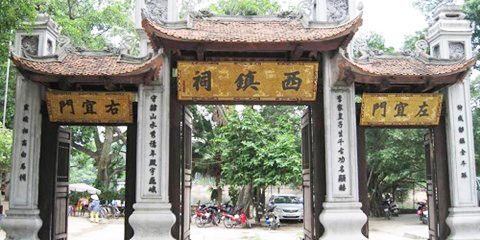
是供奉 Linh Lang Dai Vuong 的地方 - 幫助國王維護皇城西部和平的神。這座寺廟被認為是千年古都最神聖的地方之一
通往寺廟的路上有9棵古樹,900年樹齡,高大翠綠,在寺廟建成的同時種植在寺廟周圍(數字9是一個幸福的數字,象徵著圓滿和圓滿)
寺廟周圍是小樹林,蘆葦,黃色的蘭花……陰涼,芬芳。寺後是一片竹林,是一片古老森林的遺跡,承載著宏偉城堡的古老自然景觀
裡面有 2 頭跪在地上的大象雕像,所以也被稱為伏福廟
接著是最後一個寺廟,鎮西之觀---象寺,因為這座廟離市區有點遠,所以很少人會到這裡來
河內三大教堂
越南曾經被法國殖民過,在宗教跟文化上也深受影響,當時建造的 3 座羅馬天主教教堂,現今都是越南人重要的活動場所,3 個教堂都各有各的建築特色,除了在歷史上具有很大的意義之外,在建築學上也是很好的作品
以下就是河內著名的 3 座教堂,是當地人都很常去做禮拜的地方,你也可以看的出來, 3 座教堂都各有各的特色,北中南各一座,有興趣的朋友也可以去看一看,不僅是外部的建築設計很不一樣,連內部的裝潢也讓人有不一樣的感覺
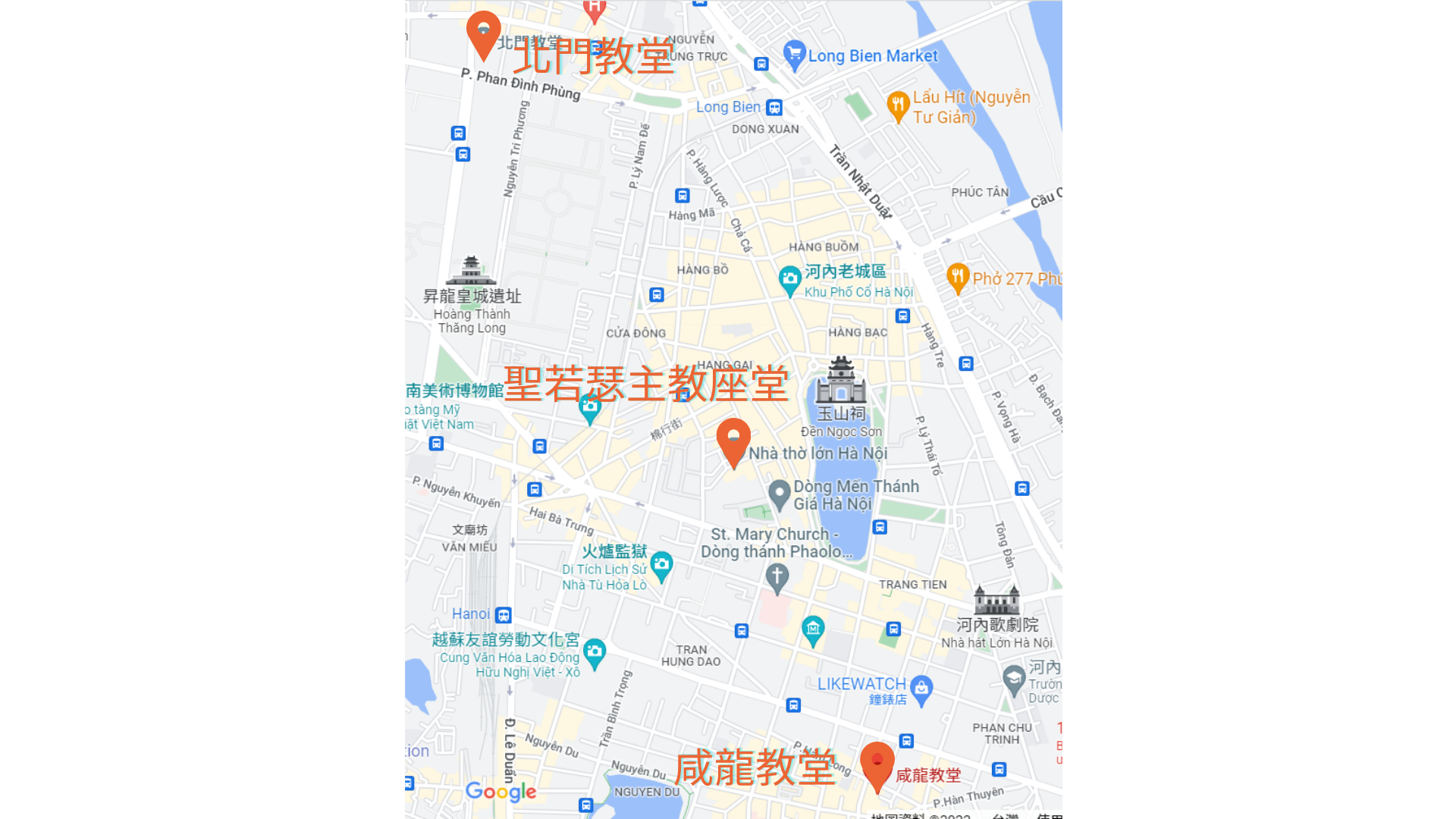
聖若瑟主教座堂 Nhà thờ Chính tòa Thánh Giuse
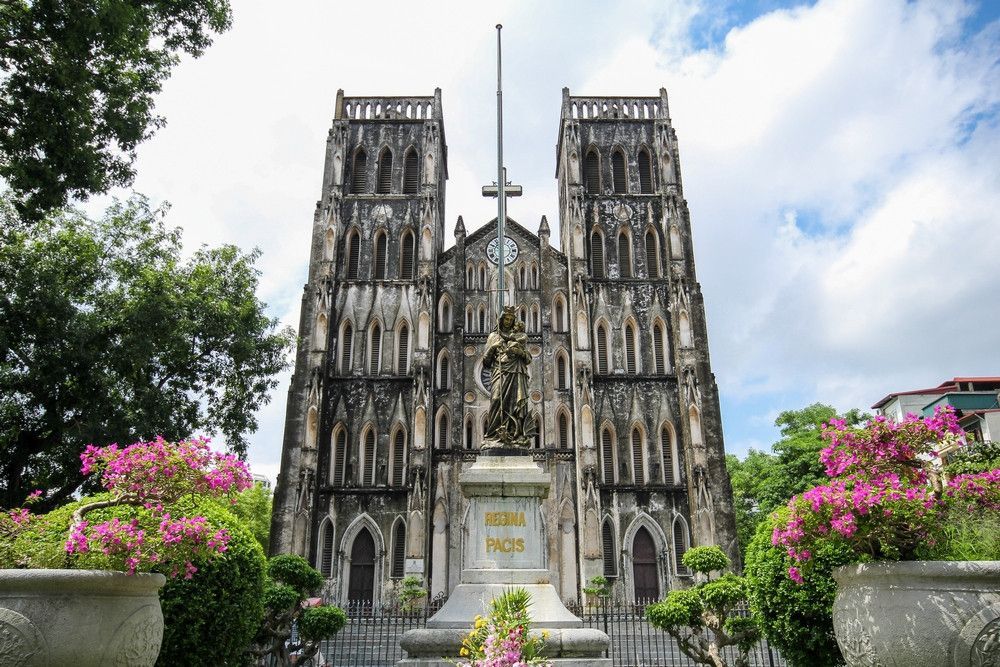
聖若瑟主天主堂又名河內大教堂,建於 1886 年,本來是佛教寺院的遺跡,後來改建成新哥德風格的教堂,外牆使用黑色與白色的石材,外型有點亮巴黎聖母院,也是法國殖民政府在越南的第一座天主教堂
這也是 北越景點 當中最熱門的一個地方,在之前的文章有介紹過了,這邊就不多加說明
開放時間
星期一~ 六 : 8: 00~11:00、14:00~20:00
星期日 : 7 :00- 11 :00,15 :00- 21:00
彌撒時間為
週一至週五:上午 5:30 和下午 6:15
週六:18:00
週日:5:00、07:00、09:00、11:00(法國式)、16:00(兒童節)、18:00、20:00(成人式)
北門教堂 Nhà thờ Cửa Bắc
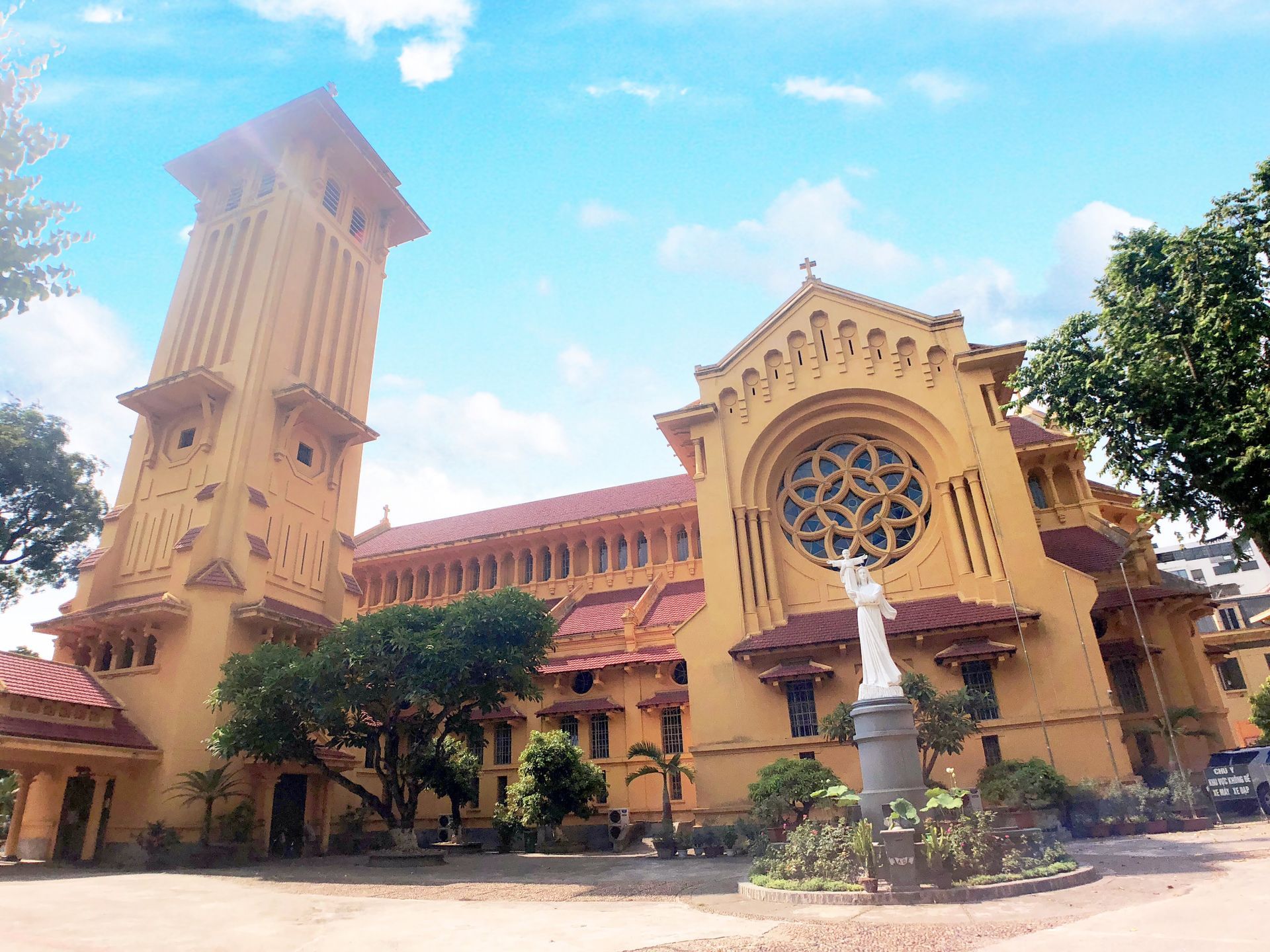
1930年代初,法國建築師Ernest Hébrard開始重新規劃河內城市,其中包括在昇龍皇城北門前新建一座天主教堂
教堂的形狀不遵循對稱規則
而是偏離了右側高高的鐘樓,與中央的圓頂(Cuppole)相平衡,與周圍空間有一種和諧的變化,但又保證了端莊又有些安靜,給人一種超越的印象,北門教堂的建築與熱帶景觀和東方文化融為一體
從昇龍皇城的北門出來就可以看到這座教堂了 !
開放時間:8:30-12:30 ,14:00-17:30
- 彌撒時間-
- 平日:19:00
- 週六:6:00 和 19:00
- 週日:6:30、8:30、10:30(英語)、19:00
再來是北門教堂,之所以到這個景點,是因為我剛才順路經過的時候發現還不到開放時間,只好先去別的地方在過來
原名殉教者教堂(法語:Église des Martyrs),由法國殖民當局修建於1932年。今天,北門教堂是越南河內的三座主要羅馬天主教教堂之一,另外兩座是咸龍教堂和 聖約瑟夫大教堂
1930年代初,法國建築師 Ernest Hébrard 開始重新規劃河內城市,其中包括在昇龍皇城北門前新建一座天主教堂。由於其地理位置,這座教堂通常稱為北門教堂。
這座折衷主義建築擁有明顯的 Art Deco 裝飾,又融入了一些越南傳統的建築元素,被視為歐洲與越南建築混合風格的良好例證。
咸龍教堂 Nhà thờ Hàm Long
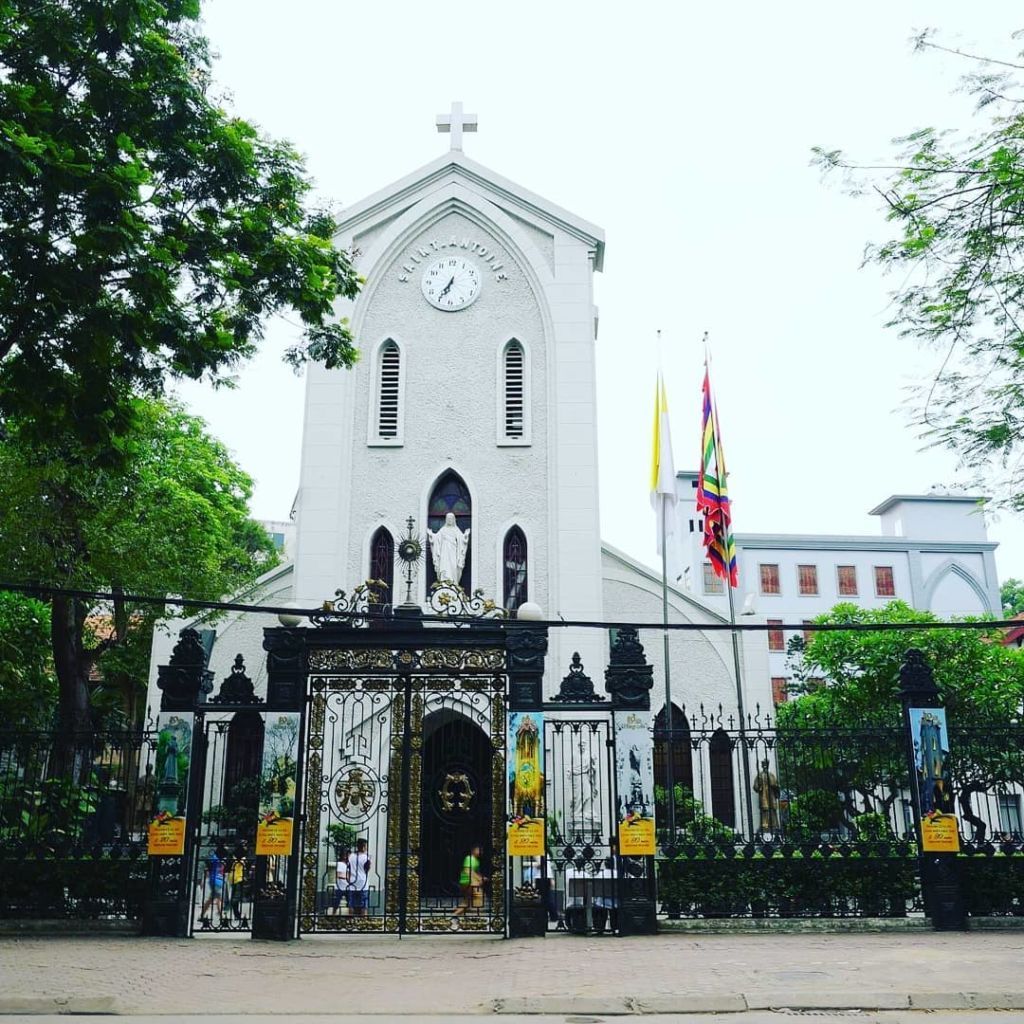
這座教堂沒有其他教堂那樣面積大跟裝潢精緻。然而,與法國殖民時期河內的天主教堂相比,這個地方有一個獨特的特點,在於建築材料和建築的多樣性
這裡獨特的建築材料取自民間,如石灰、竹子和紙。這些材料用於創建拱門,而且這些建築材料搭配上音樂,反而有異想不到的好效果,因此,每次彌撒,這個地方都會吸引很多人來欣賞和參與
目前沒有開放進去參觀,你可以等到彌撒的時間進去
- 週一:6:00 (無彌撒晚會)
- 週二:6:00 和 19:00
- 週三:6:00 和 19:00
- 週四:6:00 和 18:30 (兒童節,朝拜聖體後)
- 週五:6:00和 19:00 (每月的第一個星期五)彌撒時間為下午 3:30,晚上朝拜)
- 週六:6:00 和 19:00 (週日彌撒)
- 週日:6:30、8:30 (兒童)、17 :00, 19:00
今天最後一個行程就是咸龍教堂,然後有收集癖的我把 3座教堂都參觀到了,這座教堂不是一個有名的景點,有經過的話可以順路參觀
是一座羅馬天主教教堂,位於越南河內市中心的還劍區咸龍街。該教堂建於 19 世紀末,因街名而俗稱咸龍教堂。目前的教堂建於 1934 年,由越南建築師設計
因為是疫情之前的經驗,所以不確定疫情之後的調整狀況,我看大部分的行程安排都很接近,就看你的旅行規劃,希望有幫助到你
我是風格校準顧問
Leticia
美日韓三國認證的色彩分析師, 現在以風格校準顧問的角色
用我擅長的風格三角校準系統(色彩 × 顏型 × 骨架),陪妳一起找到最適合自己的風格位置
我提供色彩、顏分析、骨架分析與整合風格方案, 也有更深層的 VIP 陪跑,
穿搭、保養到健康與自信,我會一步一步陪妳校準成更舒服的自己
想要持續練習?
歡迎加入我的 Skool 社群 〈日常風格俱樂部〉, 我們一起把「好看」變成日常習慣




